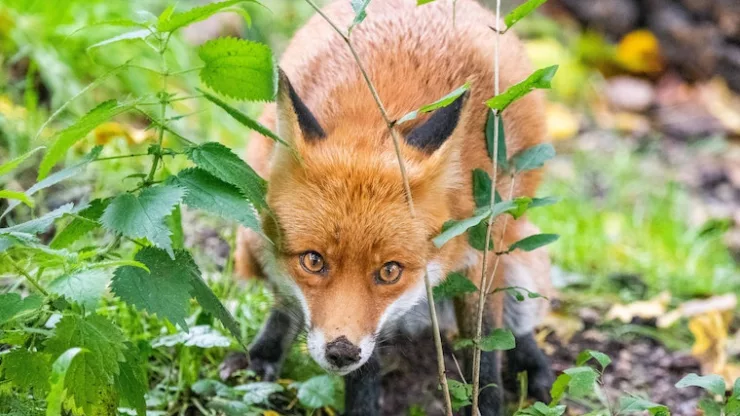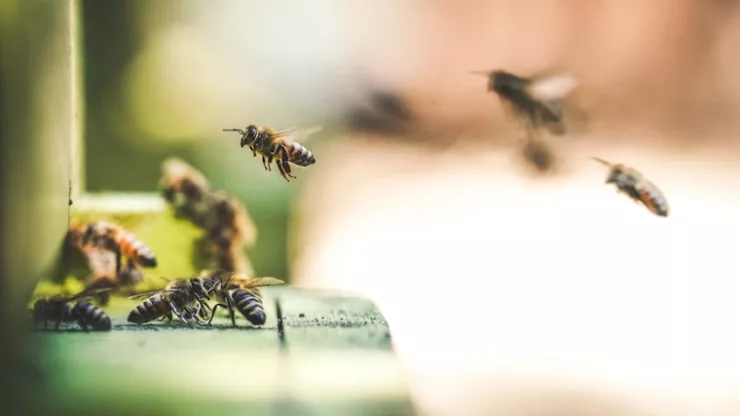Urban rats are a common sight in cities around the world. While many may view these rodents as pests, they are a fascinating subject of study for researchers.
In this article, we delve into the cravings of urban rats and gain a delightful insight into their dietary habits.
Jump to Section
Introduction
Urbanization has led to the proliferation of rats in cities worldwide.
While these creatures are often viewed as pests, they play an important role in the ecosystem. Understanding their diet and cravings can provide valuable insights into the urban environment and help mitigate the problems caused by their presence.
Understanding Urban Rats
Rats are highly adaptable creatures that thrive in urban environments.
Unlike their wild counterparts, urban rats have evolved to live alongside humans, making use of the resources provided by the city.
Physical Characteristics of Urban Rats
Urban rats are typically larger than their wild counterparts and have shorter lifespans.
They have a keen sense of smell and are able to locate food from a distance.
Life Cycle of Urban Rats
Rats reach sexual maturity at around three months of age and can produce litters of up to 14 young.
They have a short gestation period of around three weeks and can breed year-round.
Cravings of Urban Rats
Understanding the cravings of urban rats is vital to managing their populations and mitigating the problems they cause.
Diet of Urban Rats
Rats are omnivorous creatures that will eat almost anything. Their diet includes:
Omnivorous Eating Habits
- Fruits and vegetables
- Grains and cereals
- Meat and fish
- Insects and other small animals
Preference for High-Fat and High-Sugar Foods
While rats will eat almost anything, they have a particular preference for high-fat and high-sugar foods.
This is because these foods provide a quick source of energy, which is essential for survival in the urban environment.
Triggers for Food Cravings in Urban Rats
Rats’ cravings for high-fat and high-sugar foods are triggered by a range of environmental and social factors.
Environmental Factors
- Seasonal changes in food availability
- Changes in temperature and weather patterns
- Availability of food in trash cans and other sources
Social Influences
- Competition for food with other rats
- Social hierarchy within rat communities
The Delightful Insight
While many view rats as pests, they provide a valuable insight into the urban environment.
Rats as Indicators of Urbanization
Rats are indicators of urbanization and can be used to track the growth and development of cities.
The Relationship Between Urbanization and Rat Populations
As cities grow, rat populations tend to increase.
This is because rats thrive in urban environments and have evolved to take advantage of the resources provided by the city.
The Implications of Rat Cravings for Urban Planning
Understanding rat cravings can provide valuable insights into urban planning.
By designing cities with the needs of rats in mind, we can create environments that are both rat-friendly and human-friendly.
The Positive Side of Rat Cravings
While rats are often viewed as pests, they play an important role in the ecosystem.
Potential Benefits for Ecosystems
Rats help to control insect populations and provide a food source for larger predators. They also help to distribute seeds and nutrients throughout the ecosystem.
The Role of Rats in Waste Management
Rats are natural scavengers and play an important role in waste management.
By consuming organic waste, they help to reduce the amount of waste that ends up in landfills.
Understanding Urban Rat Cravings
Understanding the cravings of urban rats is essential to managing their populations and mitigating the problems they cause.
The Need for Effective Rat Control Measures
While rats are an important part of the ecosystem, their presence in urban areas can cause a range of problems.
Effective rat control measures are essential to managing their populations and mitigating their impact on human health and safety.
The Potential for Coexisting with Urban Rats
By designing cities with the needs of rats in mind, we can create environments that are both rat-friendly and human-friendly.
This can help to mitigate the problems caused by rat populations and create a more sustainable urban environment.
FAQ
What should I do if I see a rat?
If you see a rat, it is important to avoid contact with the animal.
Rats can carry a range of diseases, and their presence in urban areas can pose a risk to human health and safety.
If you notice a rat infestation in your home or neighborhood, it is important to contact a pest control professional.
Are rats dangerous?
Rats can carry a range of diseases, including salmonella, leptospirosis, and hantavirus. Their presence in urban areas can also pose a risk to human health and safety.
It is important to take steps to control rat populations and mitigate their impact on the environment.
Can rats be beneficial to the ecosystem?
Yes, rats play an important role in the ecosystem. They help to control insect populations and provide a food source for larger predators.
They also help to distribute seeds and nutrients throughout the ecosystem.
I’m a nature enthusiast and creator of Metro Wilds and have spent years exploring the great outdoors.
With a passion for environmental conservation and sustainability, I have dedicated my career to writing about the beauty and wonders of nature, as well as the threats facing our planet.
Contact me at [email protected] for assistance.





